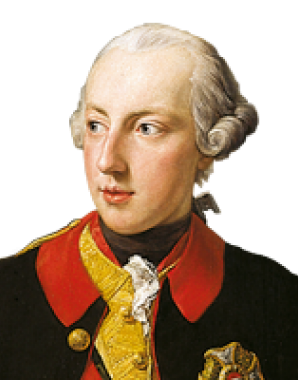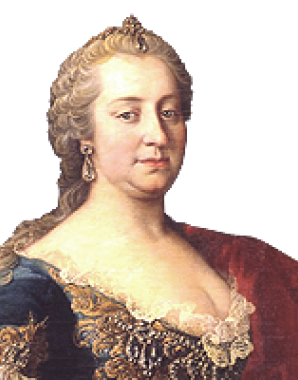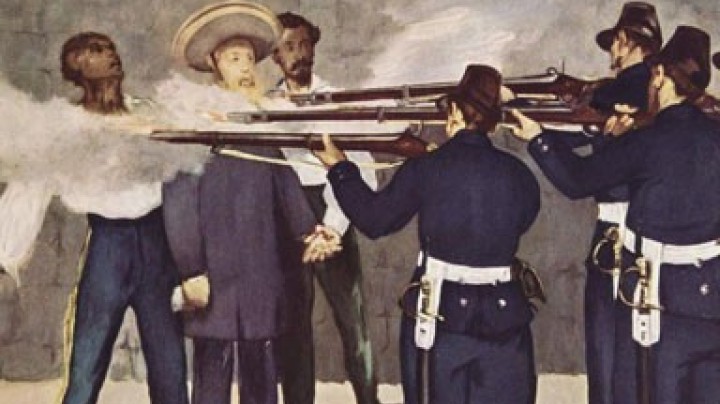Torture and execution
Even though the abolition of torture went down in history as one of Maria Theresa’s achievements, she had previously had a detailed record made of its use.
Methods of torture, such as the use of thumb- and leg screws, flogging, torture by rope and stretching on the rack, were prescribed in the Constitutio Criminalis Theresiana of 1768, the Penal Code of Maria Theresa. From the Middle Ages onwards, these and other methods of torture had been used to ascertain the truth. Confessions to crimes such as witchcraft, necromancy and heresy were to be formally extracted from the accused by means of corporal punishment. These methods could not be used arbitrarily, however, but required the approval of the responsible provincial authorities. Torture was abolished de facto under Maria Theresa, but it was only formally enshrined in the Josephine penal code. Under the influence of Joseph von Sonnenfels, Joseph II had torture and the death penalty abolished. Murder was the only crime which continued to be punishable by death. Under Franz II (I) this law was revised in 1795: from 1803 the death penalty was reintroduced for high treason and serious crimes. During the First World War, until 1919, the state of emergency laid down further crimes for which the death penalty could be invoked. Under the dictatorship of Engelbert Dollfuss (1933-34) use was made of this emergency law, since in the First Austrian Republic capital punishment had been discontinued for proceedings in the ordinary courts. It was only in 1950 that the death penalty was finally abolished in Austria for criminal cases and in 1968 for court martial proceedings.
The last two executions were by hanging: on 24 March 1950 the Vienna Provincial Criminal Court pronounced a death sentence for the last time. The last execution on Austrian soil was carried out in the American Occupation Zone in February 1955.


















